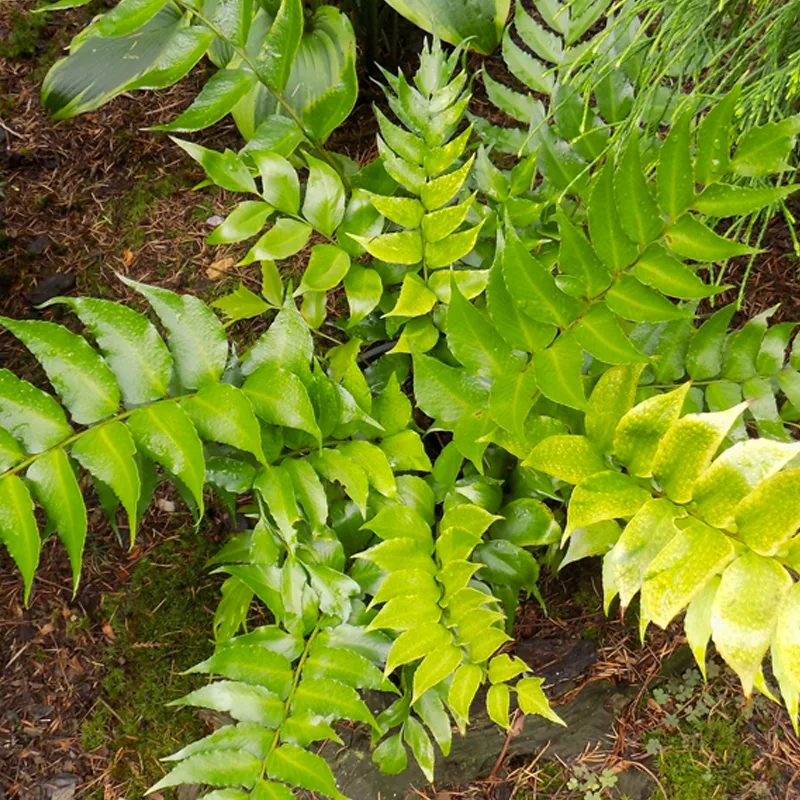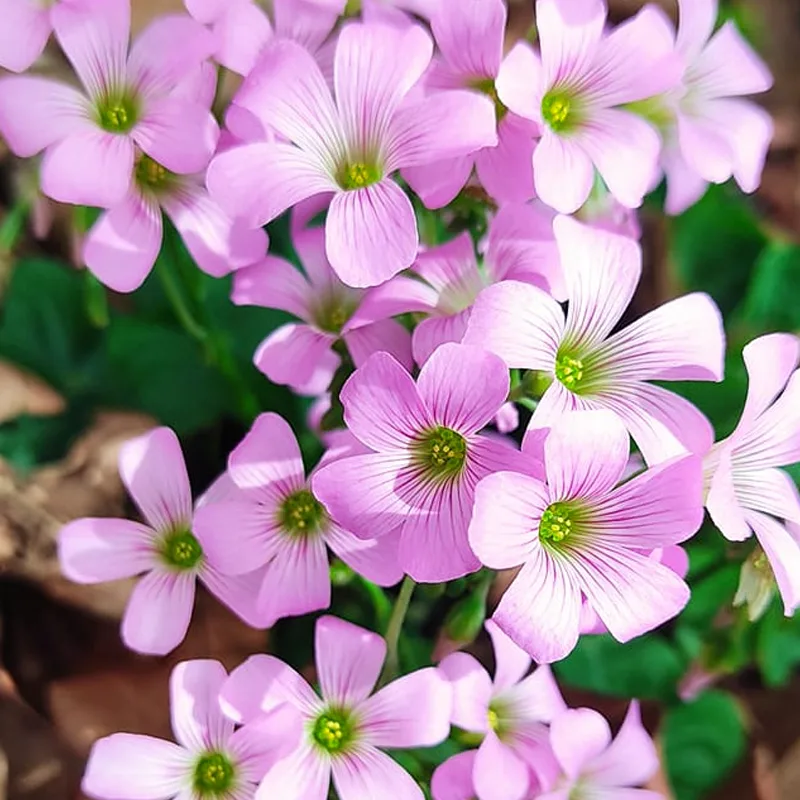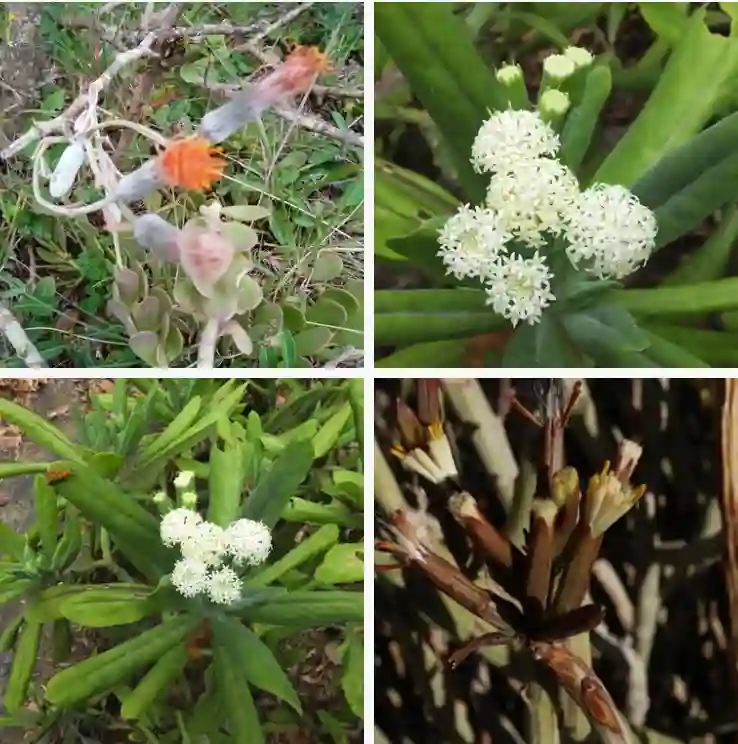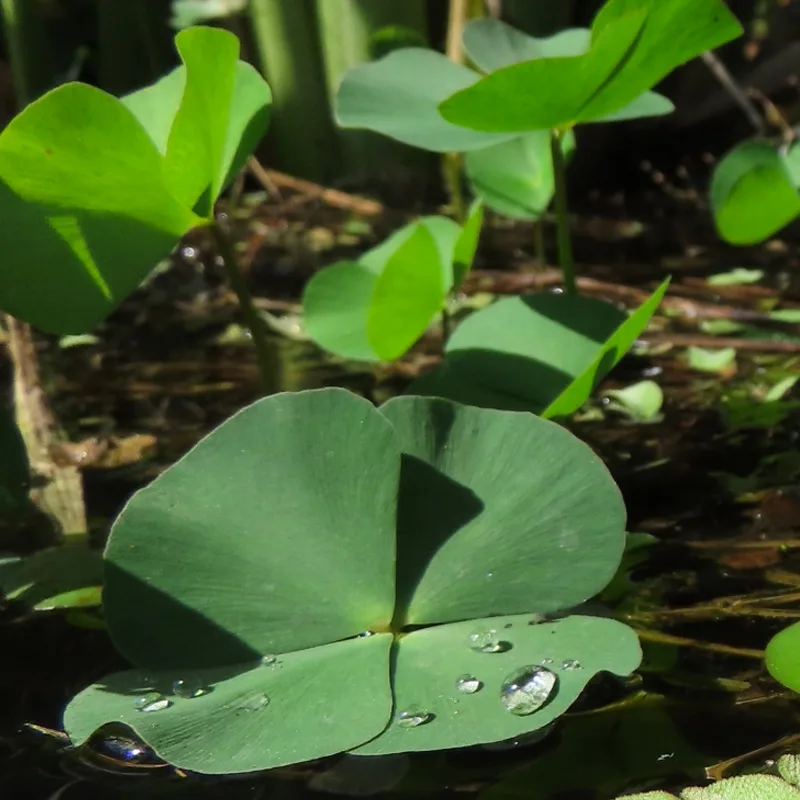Exploring the Nitrariaceae Family: My Journey with Malacocarpus, Nitraria, Peganum, and Tetradiclis
The plant kingdom is vast, filled with intriguing families and genera. One such family that has captivated my interest is Nitrariaceae. This family includes four genera: Malacocarpus, Nitraria, Peganum, and Tetradiclis. Each has its unique characteristics and adaptations that fascinate me. Let’s dive into the details of these genera, exploring their features and significance.
A Brief Overview of Nitrariaceae
Nitrariaceae is a family of flowering plants typically found in arid and semi-arid regions. The plants in this family are adapted to survive harsh conditions, showcasing remarkable resilience. They often have fleshy fruits and can be either shrubs or small trees. Their unique adaptations allow them to thrive where many other plants struggle, which is something I find particularly inspiring.
Discovering Malacocarpus
My first encounter with Malacocarpus was nothing short of enchanting. This genus comprises small shrubs that are primarily found in the southern parts of Africa. One striking feature of Malacocarpus is its fleshy fruit, which attracts various wildlife. I was amazed at how these fruits serve as a food source for birds and other animals, playing a crucial role in the ecosystem.
The leaves of Malacocarpus are typically small and narrow, which helps reduce water loss. This characteristic is particularly beneficial in its native arid environments. I remember spending a sunny afternoon in a botanical garden, observing a Malacocarpus plant and noting its compact structure. It was a vivid reminder of how nature adapts for survival.
The Resilient Nitraria
Next on my journey through the Nitrariaceae family is Nitraria. This genus consists of several species, with Nitraria retusa being one of the most notable. I learned that these plants are commonly found in saline environments, such as coastal areas and salt flats. What strikes me about Nitraria is its remarkable tolerance to salt, allowing it to flourish in conditions that would be inhospitable for many other plants.
During a trip to the coast, I encountered Nitraria plants growing defiantly along the shoreline. Their ability to thrive in salty soil was fascinating. The leaves of Nitraria are often thick and succulent, serving as a water storage mechanism. This adaptability is a testament to nature’s ingenuity, showcasing how plants can evolve to meet the challenges of their environments.
The Medicinal Marvel of Peganum
Another intriguing genus within the Nitrariaceae family is Peganum. I have a particular fascination with Peganum harmala, commonly known as Syrian rue. This plant has been used in traditional medicine for centuries. I was particularly captivated by its psychoactive properties, which have led to its use in various cultural rituals.
During a visit to a local herbal shop, I discovered Peganum’s seeds being sold for their potential health benefits. This sparked my curiosity about the various uses of this plant in different cultures. I learned that Peganum has been employed as a natural remedy for ailments such as headaches and digestive issues. The cultural significance of this plant, coupled with its medicinal properties, makes it a remarkable member of the Nitrariaceae family.
Exploring Tetradiclis
Finally, my exploration of the Nitrariaceae family led me to Tetradiclis. This genus is lesser-known but equally fascinating. Comprising only a few species, Tetradiclis plants are native to Africa and are typically found in desert habitats. I find it incredible how these plants have adapted to survive in extreme drought conditions.
The most notable feature of Tetradiclis is its unique leaf structure. The leaves are often reduced to spines, minimizing water loss and providing protection from herbivores. Observing these adaptations in person has been a profound experience for me, emphasizing the importance of biodiversity and ecological balance.
The Ecological Significance of Nitrariaceae
The Nitrariaceae family plays a vital role in its ecosystems. The plants contribute to soil stabilization, prevent erosion, and provide food for various animals. Their adaptations to arid environments make them critical for maintaining ecological balance. In my opinion, understanding these plants and their functions in nature is essential for conservation efforts.
Conclusion: Embracing Nature’s Resilience
In conclusion, my journey through the Nitrariaceae family has deepened my appreciation for the resilience of nature. From Malacocarpus to Nitraria, Peganum, and Tetradiclis, each genus showcases unique adaptations that allow them to thrive in harsh conditions. I believe that studying these plants can inspire us to better understand and respect our natural world.
The Nitrariaceae family reminds me of the beauty and complexity of life on Earth. As I continue to explore the wonders of botany, I hope to share my experiences and encourage others to appreciate the significance of plant diversity in our ecosystems.
If i die, water my plants!



